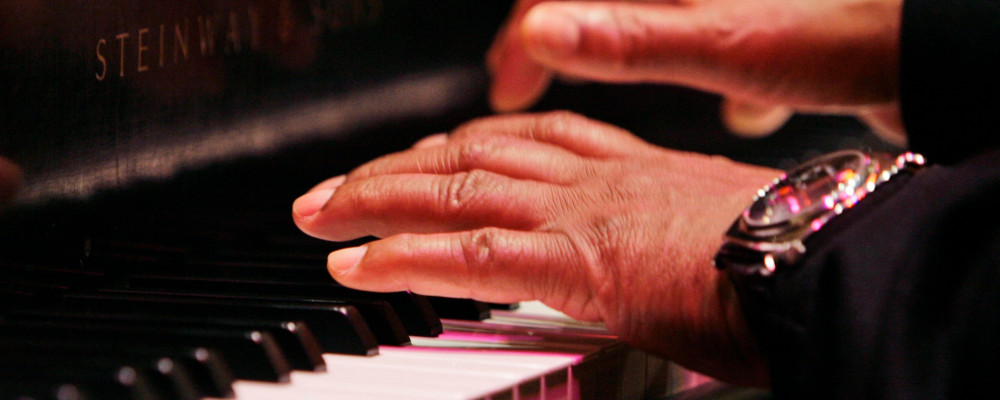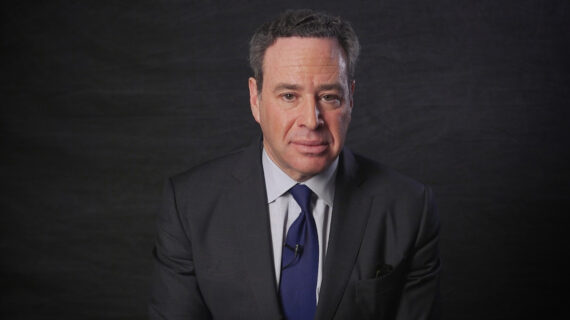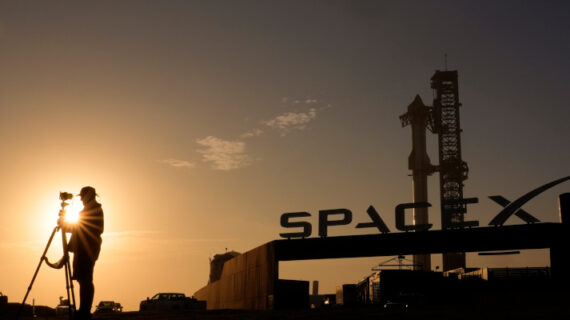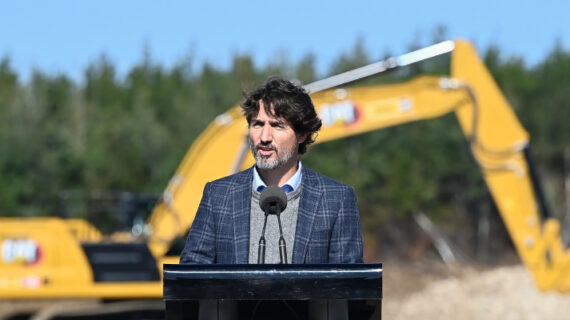It is instantly recognizable—the seventeen notes of shiver, and then that wail. In the history of music composition, only the opening of Beethoven’s Fifth Symphony went before it, and in the last century nothing has followed. That glissando and the concerto that goes with it, “Rhapsody in Blue,” debuted one hundred years ago tonight, to mark Lincoln’s 115th birthday, at Aeolian Hall in—where else?—Manhattan. And the global era of American popular music began.
Does George Gershwin’s greatest opus count as popular music? We don’t think of it that way today. Rhapsody is usually pegged in the Jazz Age and classified with that genre. But if popularity is what determines popular music, then “Rhapsody” fits the definition.
And it was instantly popular with the audience at Paul Whiteman’s otherwise dull and overhyped concert “An Experiment in Modern Music.” The following year, its London debut was broadcast on BBC. Whiteman’s band took it on tour wherever it went. “Rhapsody” was popular in Manhattan, popular across the United States, and then popular around the world. Its global dominance was made possible by American commerce—the first recordings were by Victor Talking Machine, soon to be absorbed into RCA Victor—and the new technologies of portable music.

It’s true, Gershwin’s concerto was not warmly welcomed by critics. The composition is a bit muddled. Incoherent at times. Formless. It was written too quickly—composed in five weeks including the first arrangement by Ferde Grofé. Gershwin later explained away his critics claiming he was inspired by the sounds of the railroad, the dynamism of America’s melting pot, and the metropolitan madness of New York.
But “Rhapsody’s” loose structure contributed to its popularity. It invites other musicians to pull it apart and recompose the piece like a Lego set. A century later, it is hard to say which version of the piece is the definitive one. Its flexibility inspired conductors, composers, and imitators into countless acts of co-creation since that night a century ago.
In the hands of Fielder, Bernstein, Ormandy and so many other greats—try Herbie Hancock’s interpretation with the Los Angeles Philharmonic—the piece has worked itself into the centre of the world’s songbook. In 1980, that great globalizing force of American capitalism, United Airlines, picked it to calm the nerves of passengers as they jetted to the four corners of the world. It served as the soundtrack for the capital city of the world when Woody Allen added it to the soundtrack of Manhattan. Until Sinatra belted out “New York, New York” and Alicia Keys joined Jay-Z to record “Empire State of Mind,” it alone was identified with New York. From time to time, British invasions interrupt the reach of American popular music. But “Rhapsody in Blue” set the path for Elvis Pressley, Michael Jackson, and Mariah Carey to bring America’s artistic greatness to audiences on every continent.




